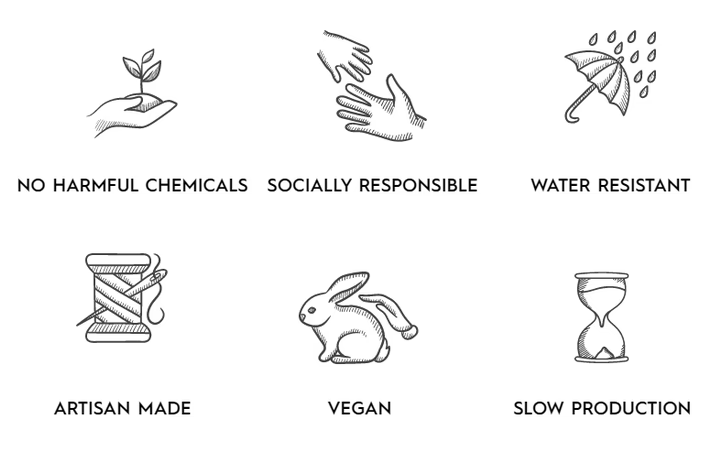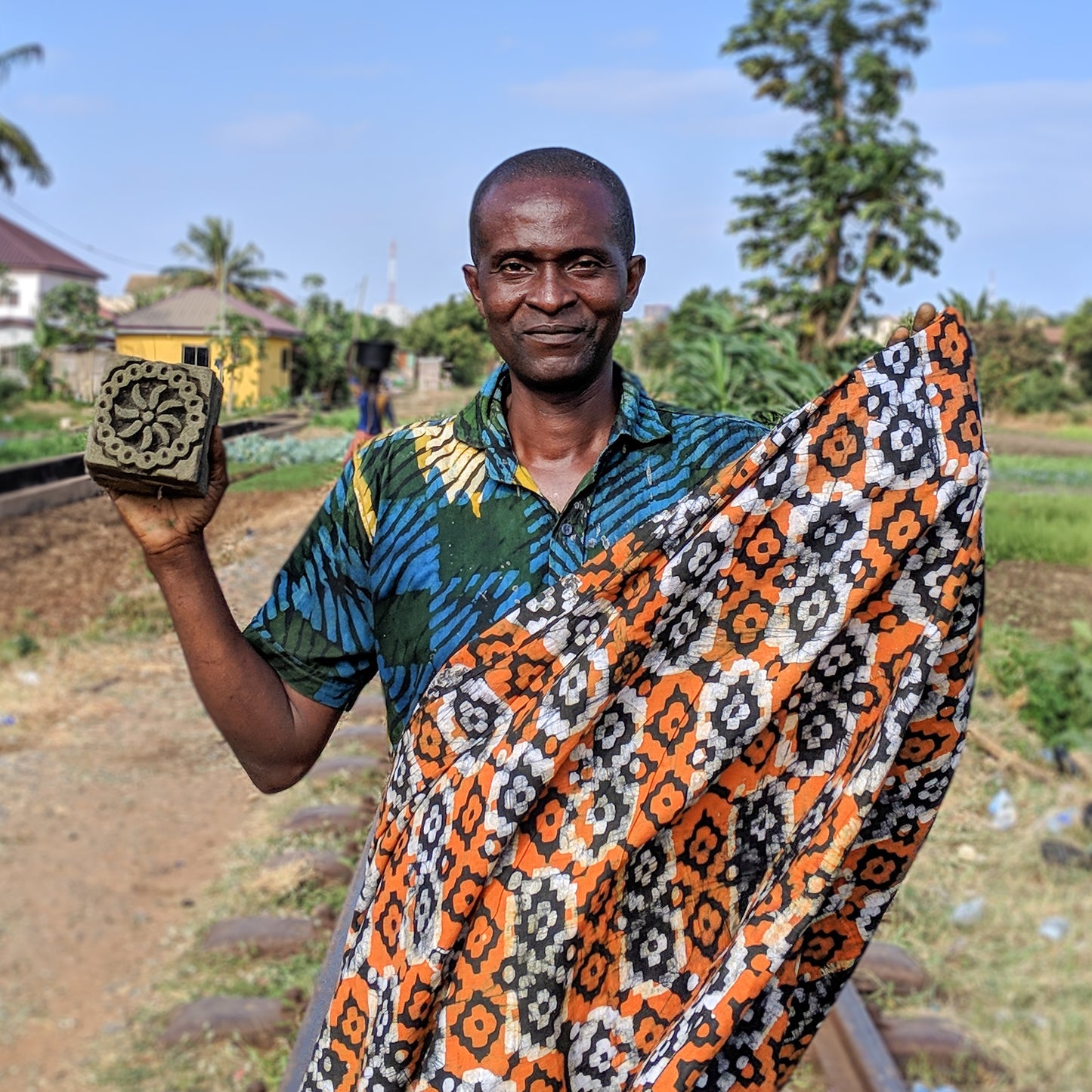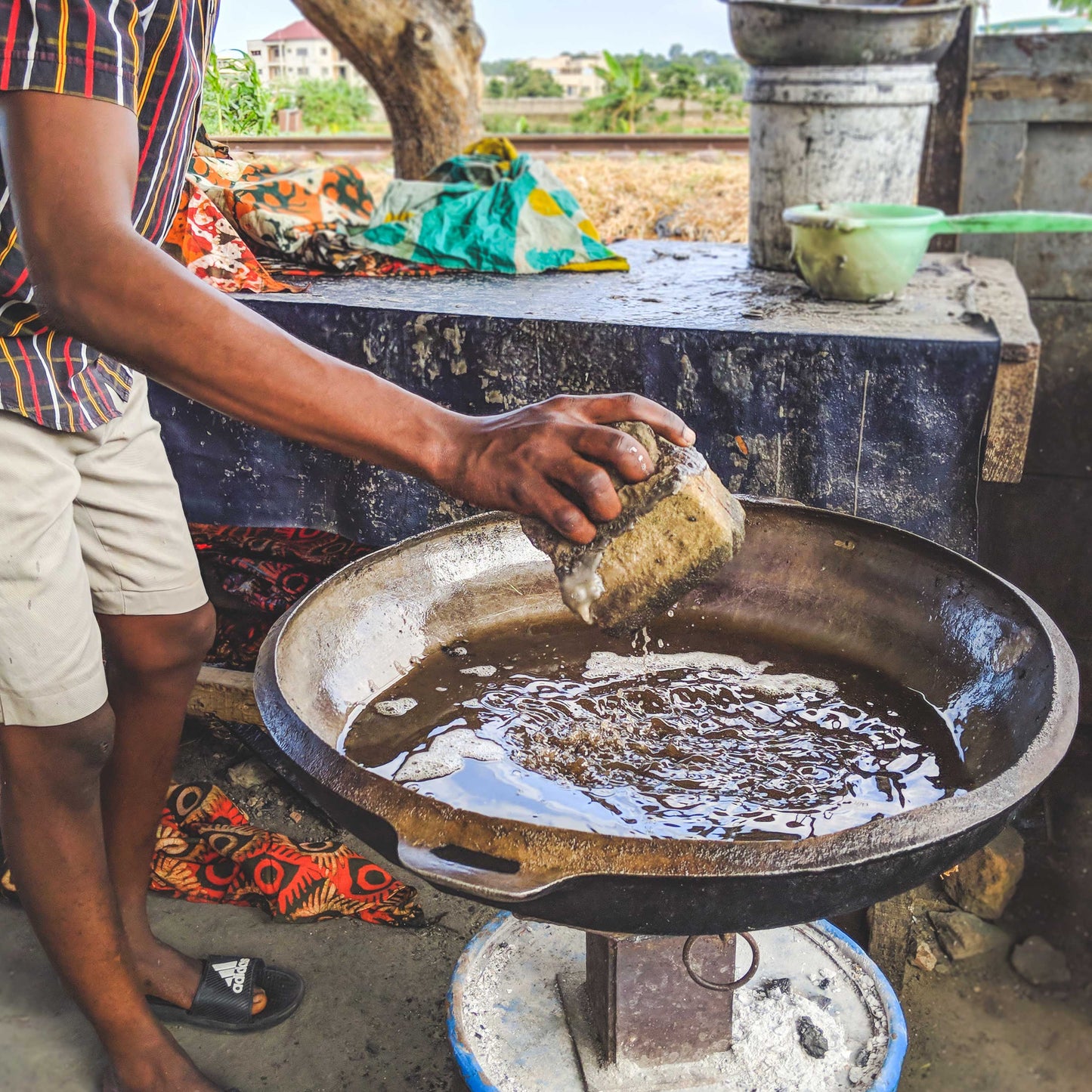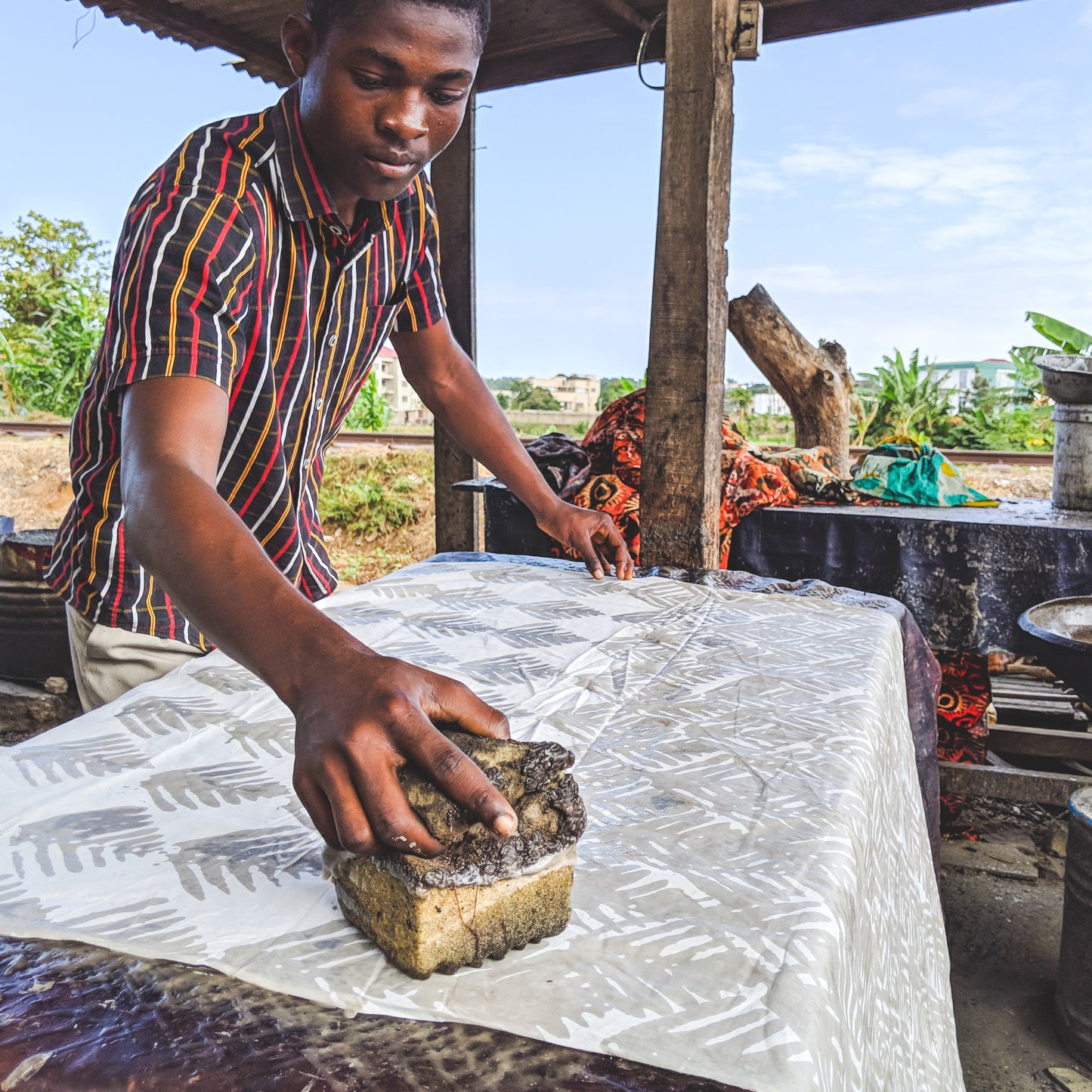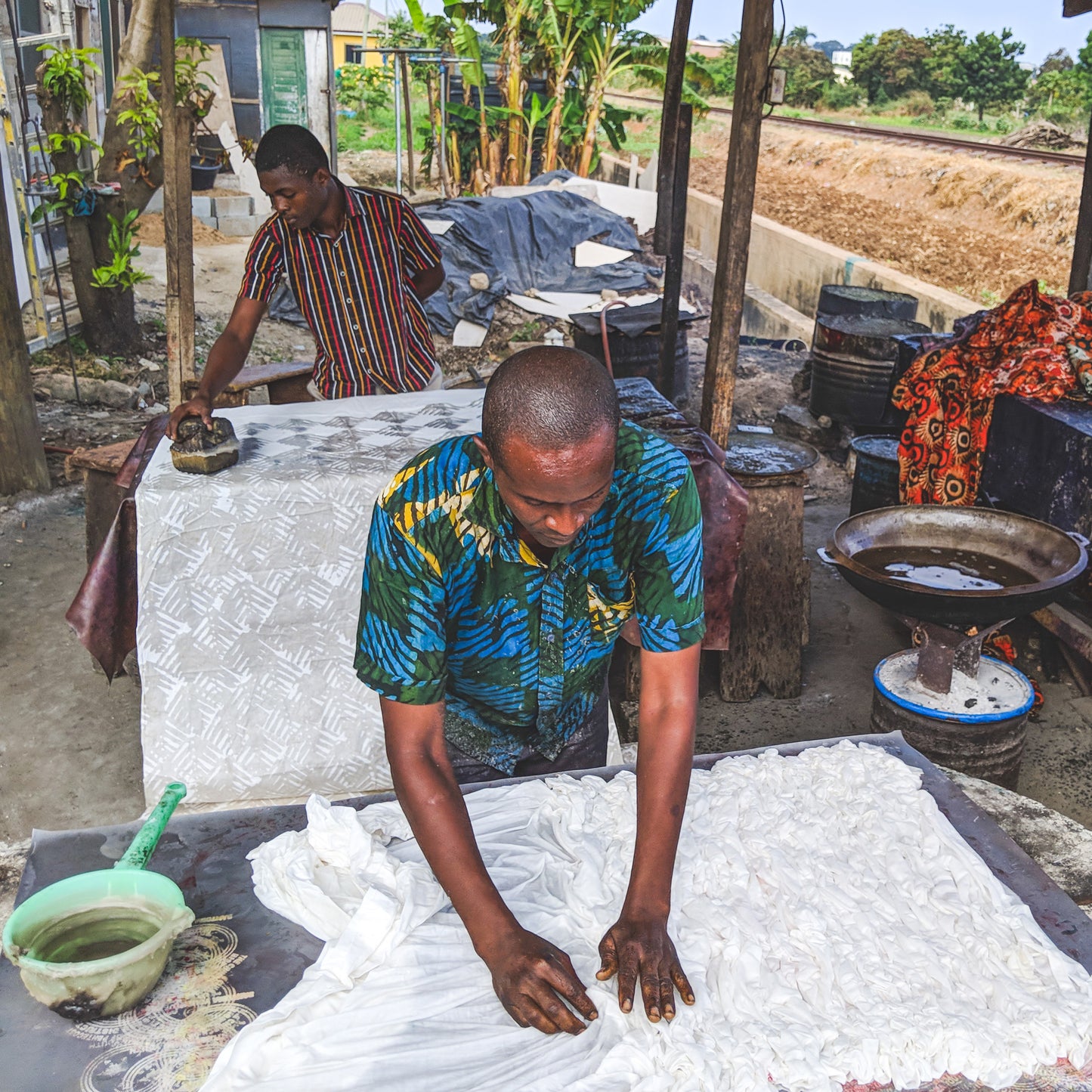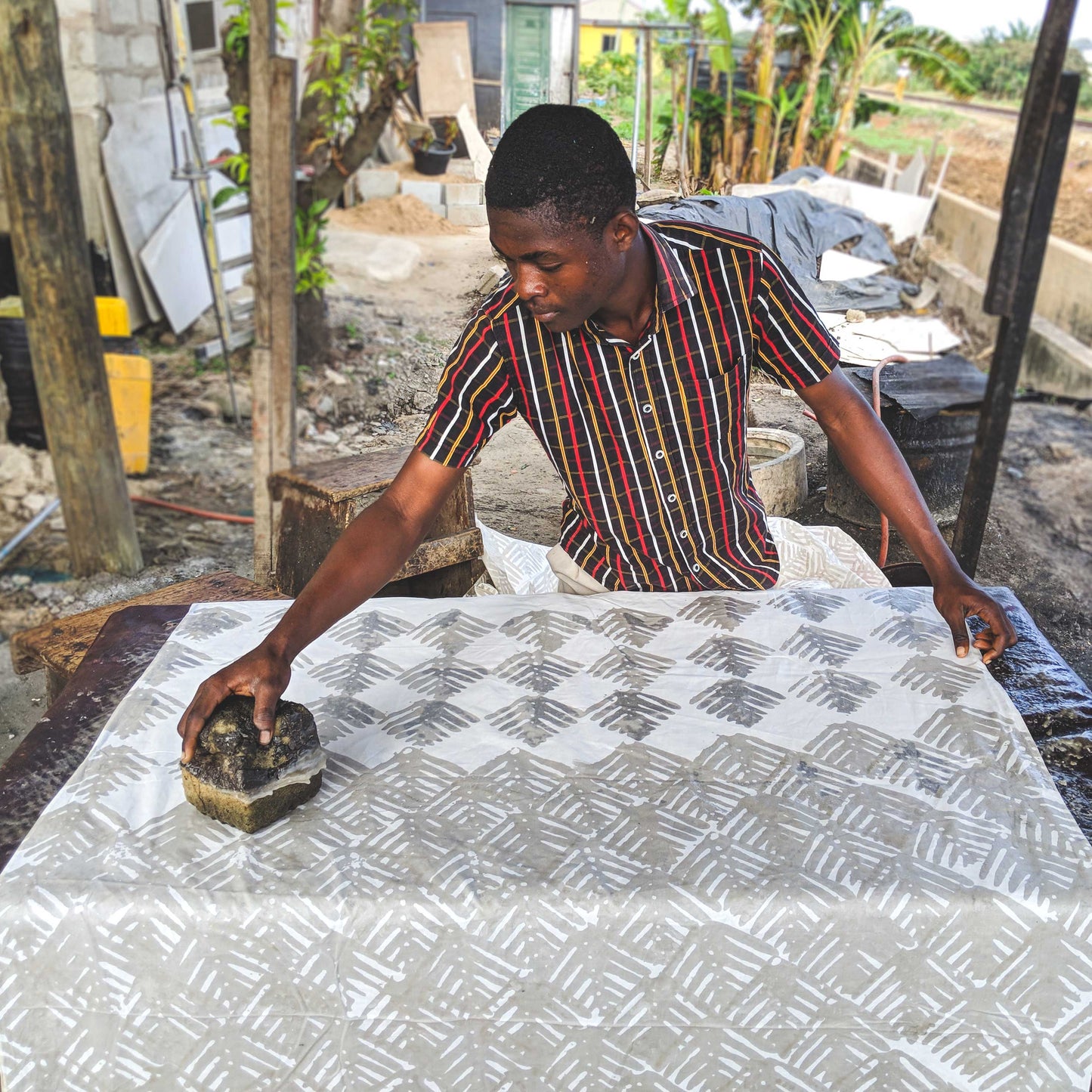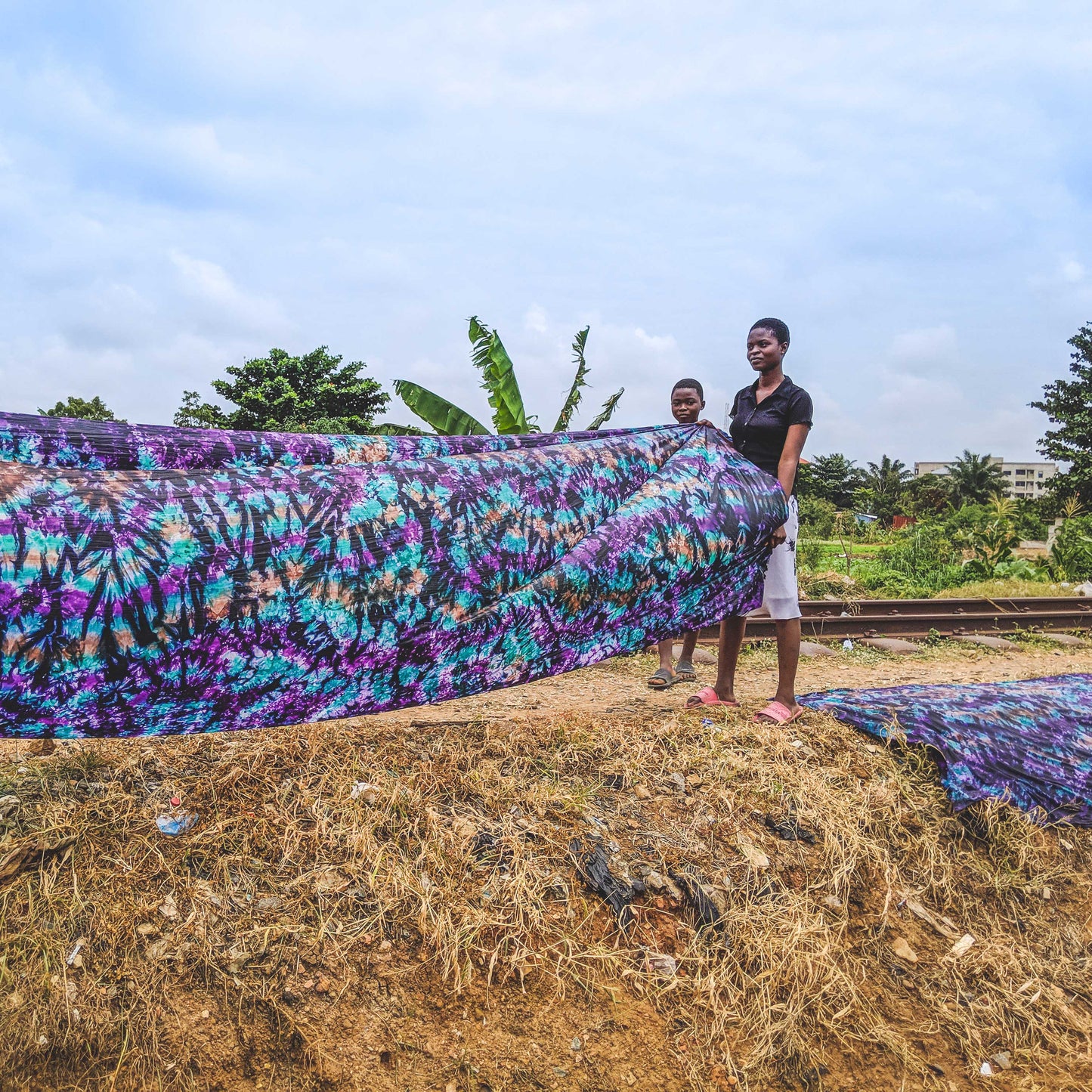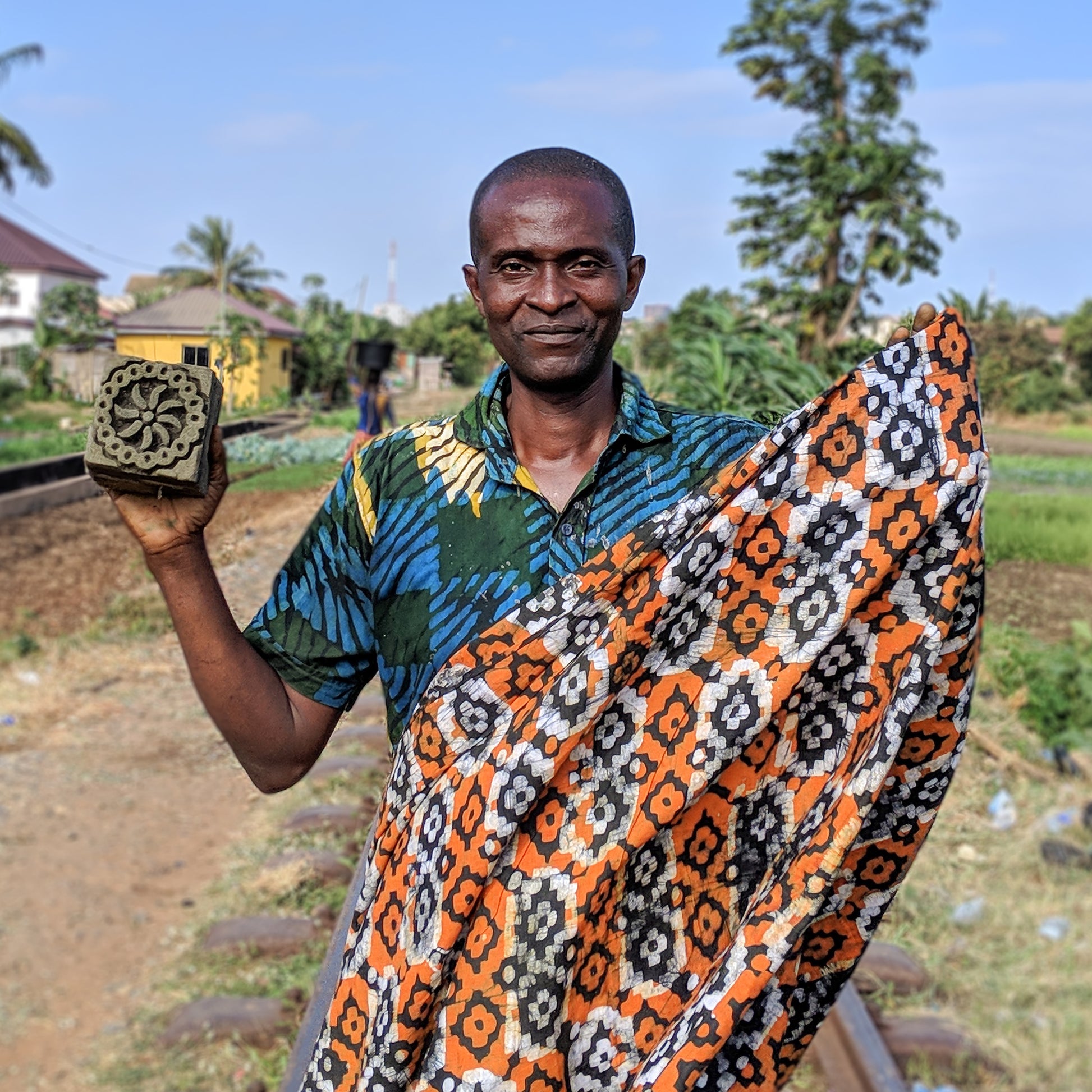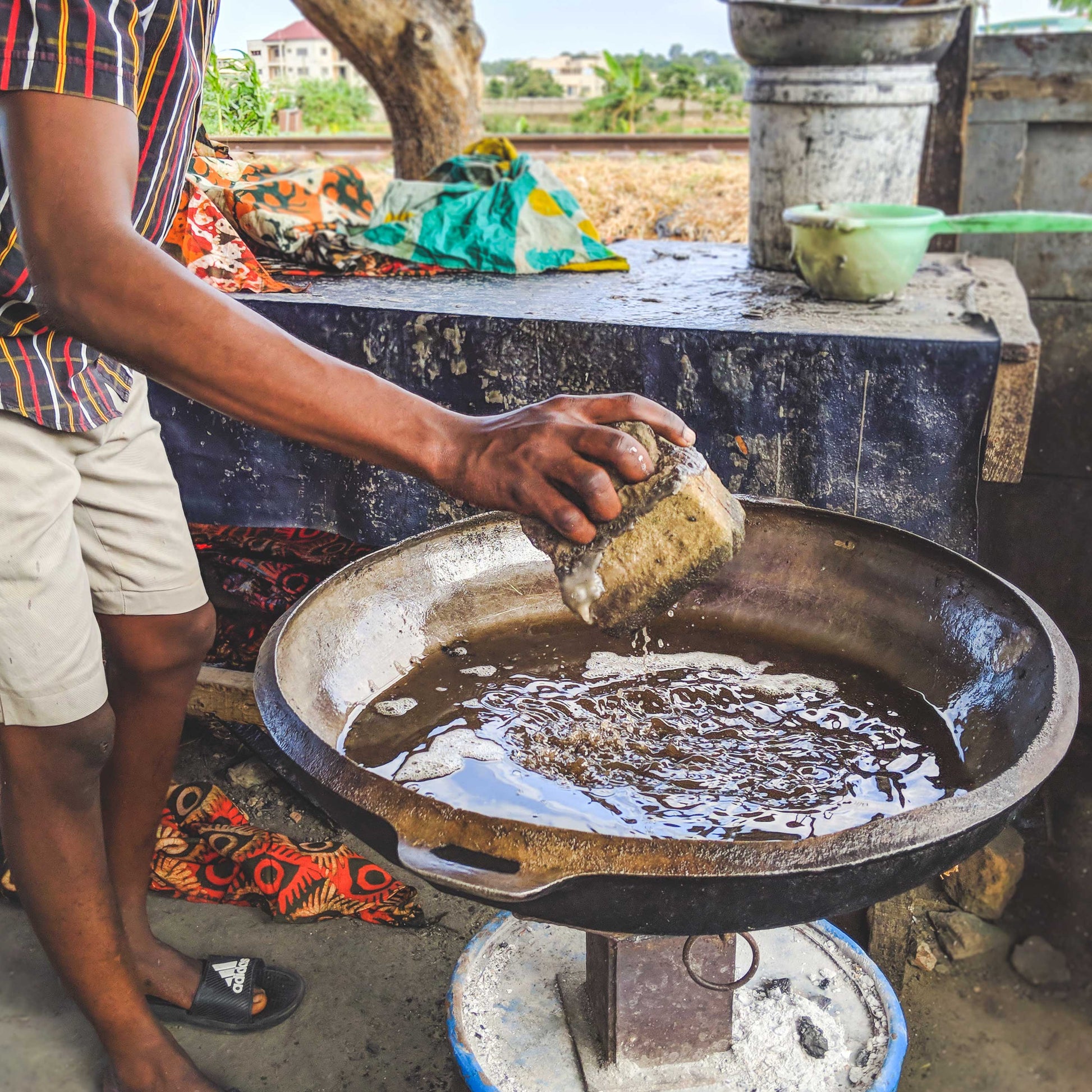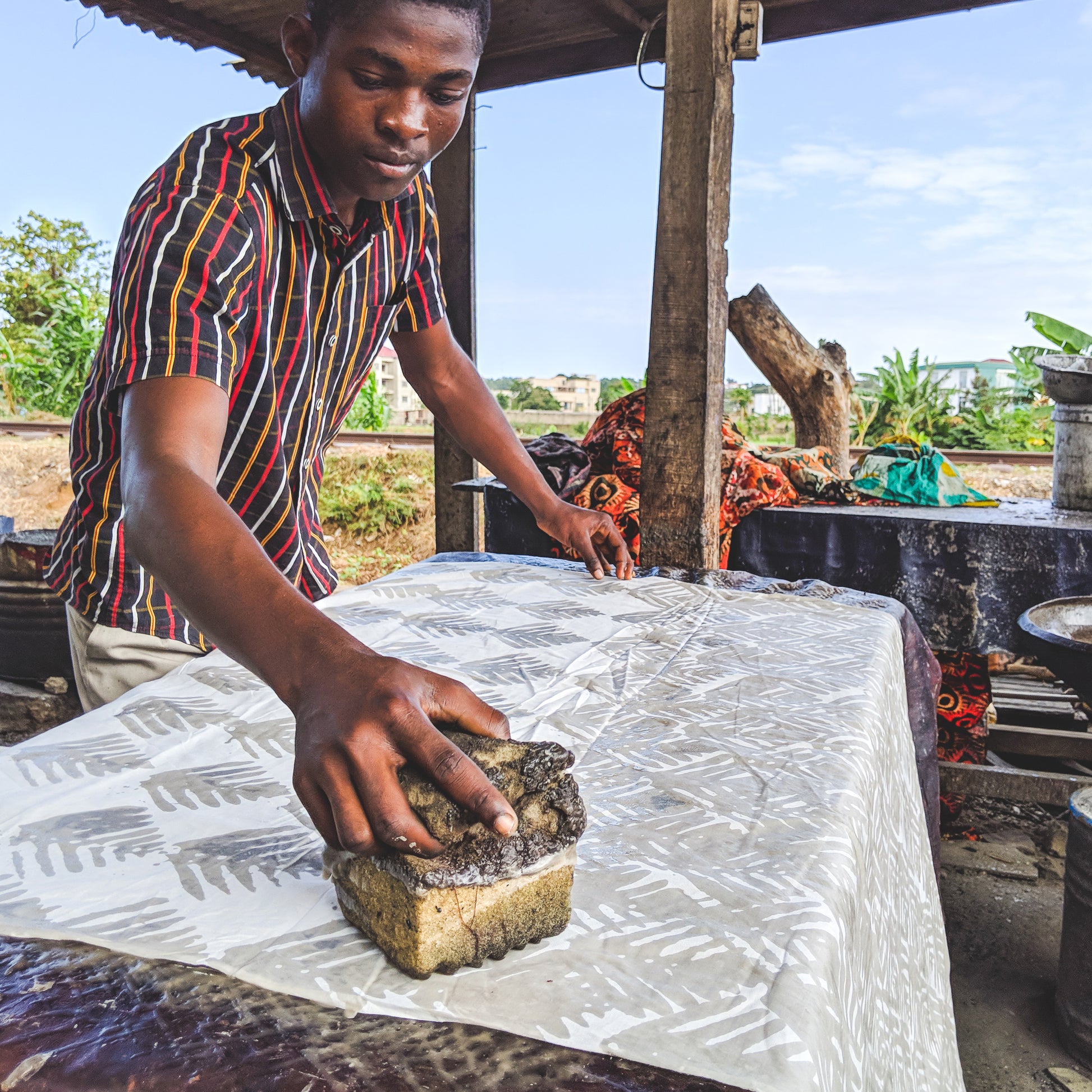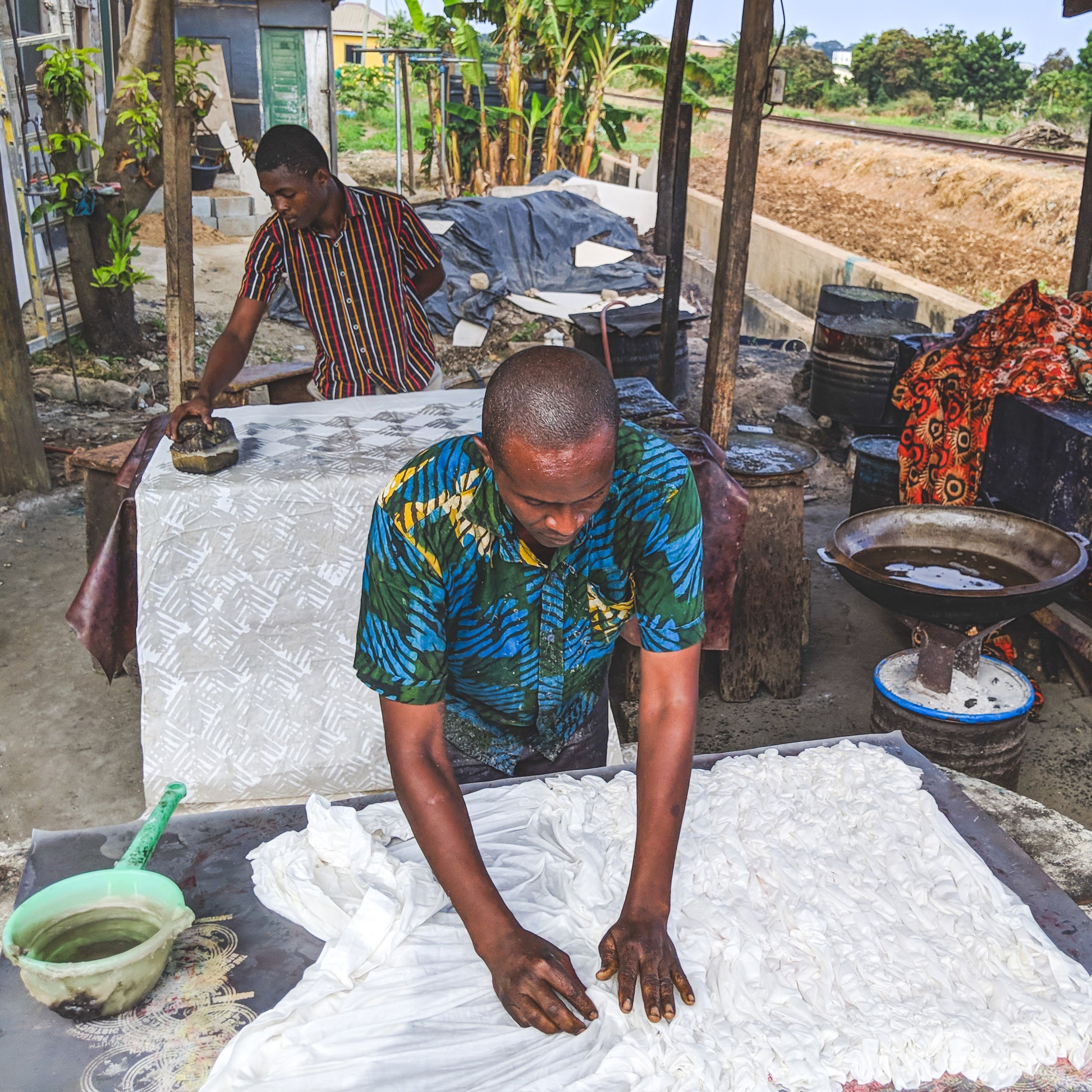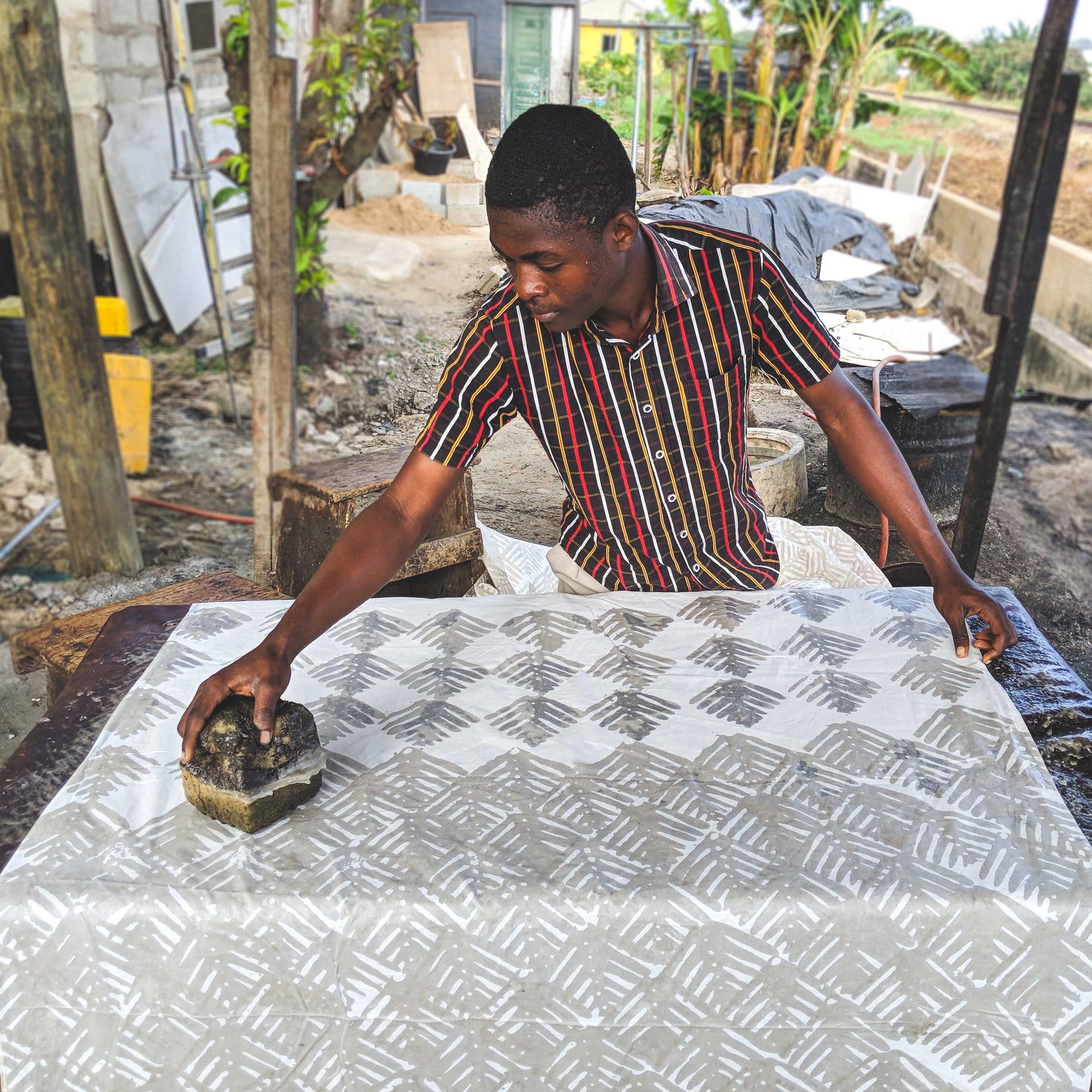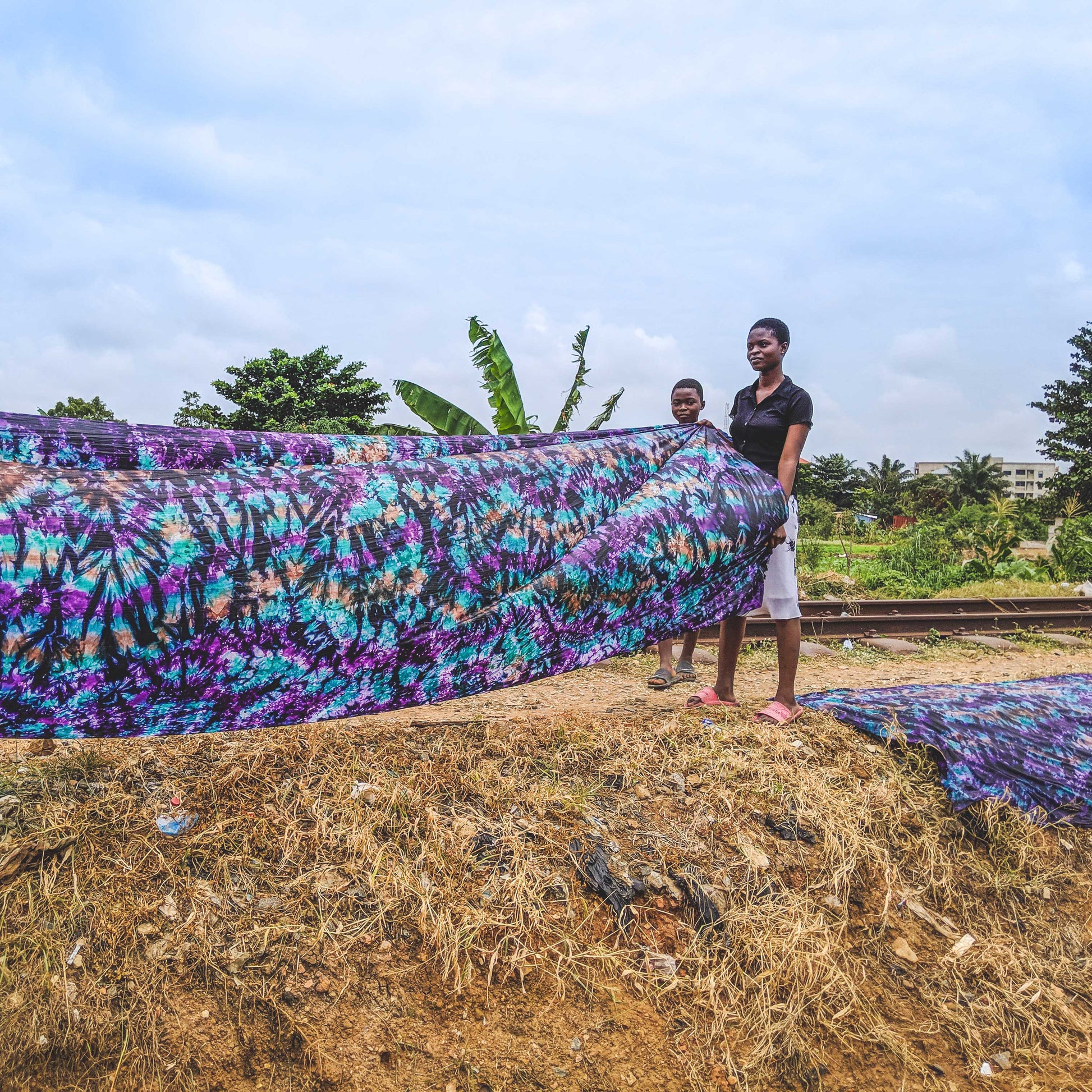tip me - Charles Acquah & His Family
tip me - Charles Acquah & His Family
Couldn't load pickup availability
Kunsthandwerk von:
Kunsthandwerk von:
Add a tip to support artisans like
How does it work?
Artisans like hand-make traditional textiles that go into your Ethnotek bag. With tip me, you can give something back. 100% of your tip goes to support artisans like Agripina. Yes, really, 100%! Ethnotek will cover all transaction fees.
After receiving your tip, the money is transferred directly to a local tip me project manager who the artisans have elected to ensure a fair distribution amongst their community.
Please note that your tip is declared as a gift and therefore will not be refunded in case of a return.
What is the role of tip me?
tip me registers all artisans into their database and facilitates the global tipping system to ensure that 100% of your contribution goes to the team on the ground.
So far, tip me has collected more than $80,000 in tips for 1,000 workers in countries like Vietnam, Pakistan, Kenya, Ukraine and Turkey.
Ethnotek is the first backpack company on the planet to enable tipping. Thank you for being a part of it!
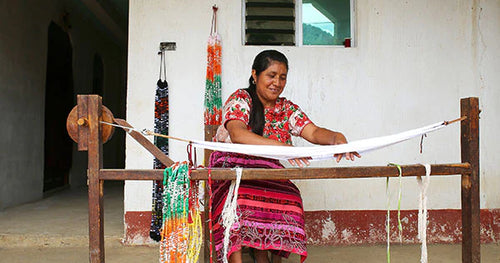
Add a tip to support artisans like Agripina.
Nice to meet you, I’m Agripina! My community and I make textiles with Ethnotek using a process called ‘jaspe’. The raw warp yarn is tied and dyed in sections, then spooled onto bobbins, which feed the treadle loom to complete the textiles. Weaving is created at my workshop and with my friend Manuel-Francisco in our village, Paxtoca. Your tips will be split amongst our community every month in proportion to the amount of weaving each person has completed. Muchas gracias!
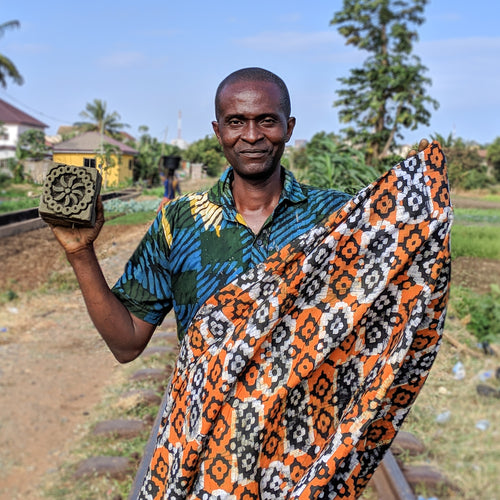
Add a tip to support artisans like Charles Acquah.
Hi, I’m Charles Acquah, I’m from the Somanya village in Ghana and have a workshop in Accra where I make all of Ethnotek’s batik fabrics with my son Nathaniel. Our motif designs are inspired by traditional Adinkra symbols. We hope you love our textile art. Your tips will go directly to me and my family, thank you for supporting our craft!
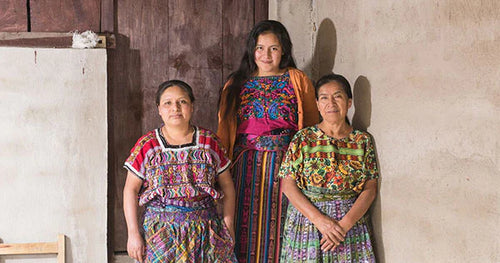
Add a tip to support artisans like Lidia, Blanca and Alida.
Hola, we are Lidia, Blanca and Alida! We are creators of the very rare Mayan Star Motif and will soon be leaving the weaving trade, but are happy to say that our new weaving partners Alirio, Rosa, Felipe and Etelvina in San Marcos are carrying on our tradition. Your tips will be split amongst our communities every month in proportion to the amount of weaving each person has completed. We thank you very much for the support!
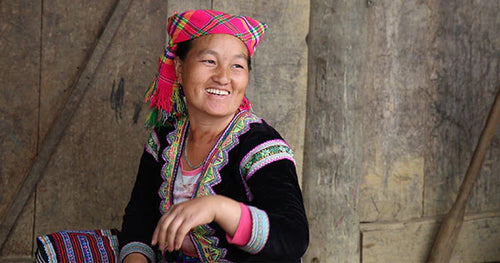
Add a tip to support artisans like Che.
Hi, I’m Che and I’m part of a group of 96 artisans in the northern highlands of Vietnam who make hand-embroidered textiles in collaboration with Ethnotek. Hmong women make only 2 tribal skirts per year and it’s our favorite hobby that we do during breaks from our agricultural work. This craft is our heritage that we’re proud to protect and is fun to make because we often socialize, laugh, and joke with each other while creating it. Your tips will be split amongst our female-led co-op every month in proportion to the amount of tribal skirts each woman delivers. Thank you for helping our craft and sharing our story.
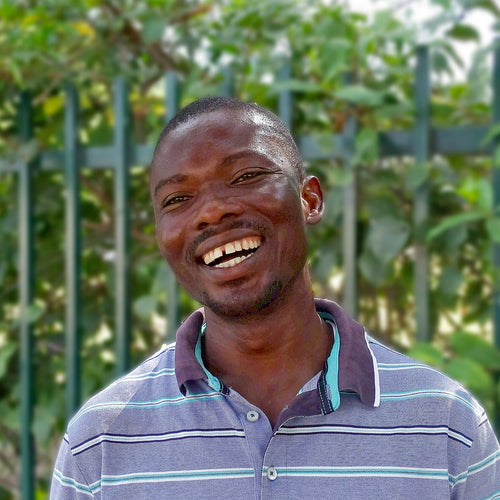
Add a tip to support artisans like George Ameyaw.
Hi, I’m George Ameyaw and my family have been weaving Kente for 5 generations. My team of amazing artisans are comprised of Felix Boakye, James Atagbolo and Willliam Agbo. Our workshop is in Accra Ghana and our weaving technique has it’s traditional roots that date back to the 17th century from the Ashanti, Akan and Ewe tribes. Your tips will be split equally amongst my small team, thank you for supporting our craft!

Add a tip to support artisans like Inrahani.
Hello, I’m Inrahani! Our textiles are made on a bamboo frame loom in the Phan Rang Tap Cham village in central Vietnam. Our community are proud descendants of the Champa Kingdom and are grateful for your support. Your tips will be split amongst our community every month in proportion to the amount of weaving each person has completed. We are grateful to collaborate with you to elevate our craft.

Add a tip to support artisans like Shamji.
Hello, I’m Shamji and I am Ethnotek’s first artisan and have been working with the team since 2010. Our process is called pit loom weaving and our motifs are several generations old. My family and I are community leaders of the Vankar people. Weaving textiles is our main identity and my mission is to teach the next generation of artisans so we can preserve our tradition through them. We’re proud to receive your support and to see our fabrics on bags & travelers around the world.
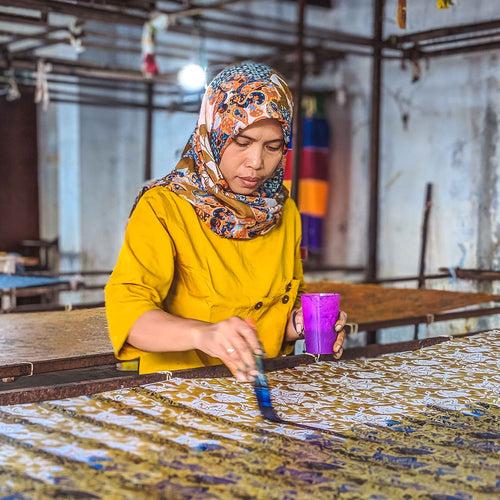
Add a tip to support artisans like Sri and Yatmi.
Monggo (whats-up), we're Sri and Yatmi and we make Ethnotek's batik fabrics in collaboration with the workshop owner Iwan. Iwan is a 5th generation Batik maker and is dedicated to carrying on his family's tradition. We have a special low water wastage process by hand painting the dye onto the fabrics after our friend Harjono stamps them with wax. Your tips will be split equally amongst everyone in our workshop. Thanks for the support!
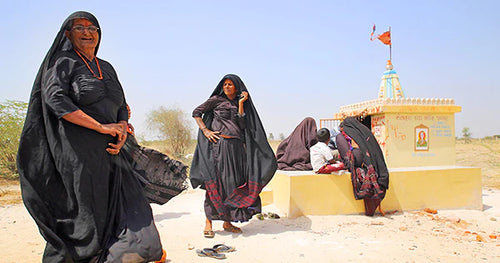
Add a tip to support artisans like The Rabari.
Hello, we're the Rabari tribe, we’re a pastoral community and travel around Gujarat, India, near the border of Pakistan. Our textile process is called appliqué embroidery and is our main form of artistic expression. Our chosen project managers are Pankaj and Mina. They’ll collect your tips and pay us when we deliver textiles to their office every month. We have to do it this we because we’re a nomadic community and always on the move. We travel where our goats, sheep and cows lead us. Thank you for the support!
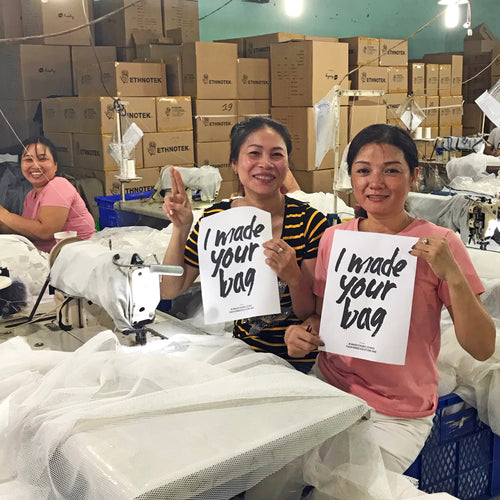
Add a tip to support artisans like The Vietnam Production Family.
Xin chao (hello), we’re the magic-makers in Vietnam that make your bags and backpacks! We have just over 40 people on our team, our workshop is based in Ho Chi Minh City and we’ve proudly been hand-crafting Ethnotek bags since 2010. Your bag orders have helped a lot over the years and now your tips will make things even more comfortable for us. The tips will be split equally amongst our team, thank you so much!
Product Description
Product Description
Key Features
Key Features
Product Size
Product Size
